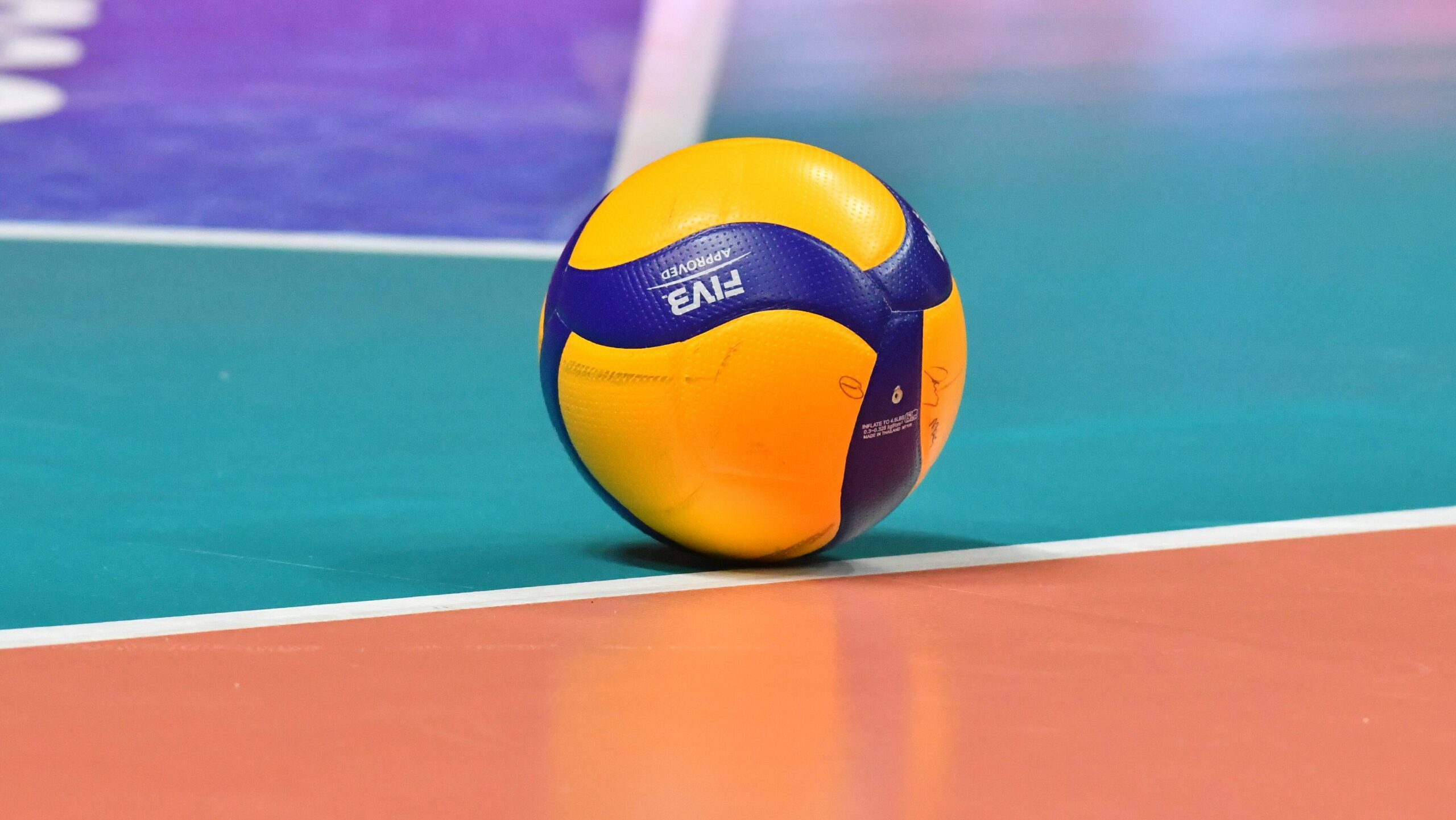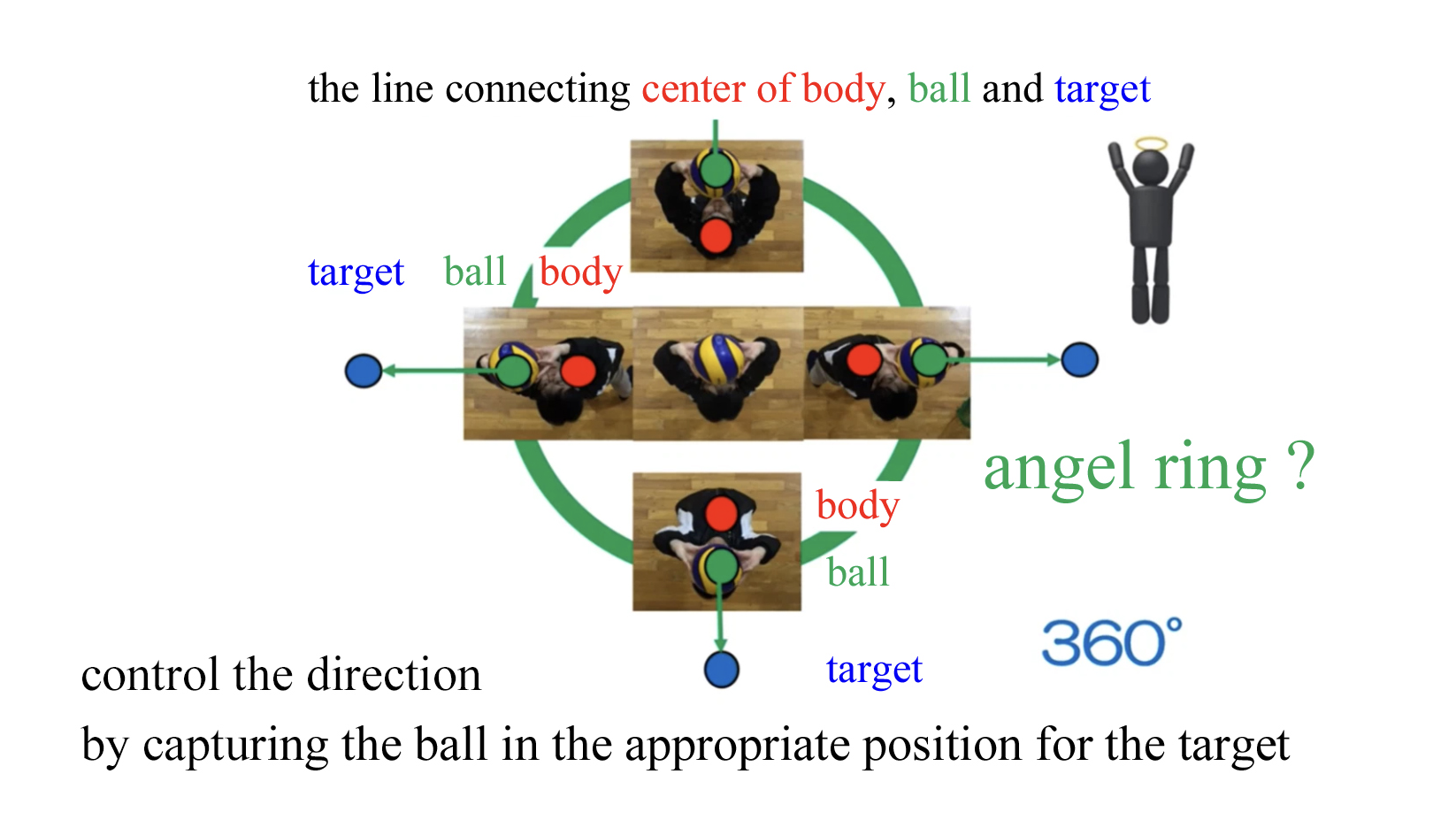In this five-part series, we’ll be discussing the basics of setting up and practice methods in volleyball.
- Where is ‘under the ball’?
- If you face your body toward the target, will the ball fly accurately toward it?
- Practice methods for understanding “where the ball will fly toward depending on where you hit it.”
- Things to pay attention to.
- What is the “basics of setup”?
I tried to organize various answers as a response to questions received in the question box. It seems the questions were from the guardian of a sixth-grade boy who started playing as a setter seriously this year.
The question was : “I want to let my son to practice ‘getting under the ball and facing the body toward the target’ because he struggles with the set control. What are some drills he can do at home for this? Should he separate the practice of ‘getting under the ball and facing the body toward the target’?” The son seems frustrated because he understand in theory but can’t execute it.
First, I interpreted the desired goal as being able to “accurately control the direction of the set” and proceeded with the conversation under that premise. This is because there are doubts about practicing ‘getting under the ball and facing the body toward the target’, but accurate direction control can be considered fundamental to setting up, so I’d like to take this opportunity to think about the “basics of setting up”.
What’s needed for “direction control”:
1. Hit the ball at the appropriate position.
2. Assuming a posture by which you can accurately send the ball towards the target.
Although these two resemble ‘getting under the ball and facing the body toward the target’, they are different.
Where is ‘under the ball’?

While it’s common to think of ‘getting under the ball’ as ‘capturing it at the appropriate position’, where exactly is ‘under the ball’? Is it about ensuring the center of gravity of your body is directly beneath the center of the ball? Would the person doing it understand that they’re in such a position? Is telling someone to ‘get under the ball’ effective if they don’t understand what that means?
Moreover, a typical overhead pass involves ‘the body slightly leaning forward and capturing the ball in front of the forehead’, which is quite different from having the body’s center of gravity directly beneath the ball. So, is ‘under the ball’ synonymous with ‘in front of the forehead’?
These questions arise endlessly, yet should we still demand that players ‘get under the ball’?
If ‘get under the ball’ means ‘move to where you can capture it at the appropriate position’, then it might not be wrong. And if the player understands it in that sense, it might work out well. However, I’ve witnessed various problematic training scenes where:
- The player doesn’t know where the ‘appropriate position’ is or isn’t trying to find it.
- The player doesn’t know that the ‘appropriate position’ changes depending on the situation.
- The player can’t feel whether they’ve captured the ball at the ‘appropriate position’.
- Due to prioritizing steps or body orientation in moving to the ‘appropriate position’, they’re pushing themselves too hard and not making it in time.
- The judgment of ‘not making it in time’ is not allowed.
Repeating these drills might not ever clarify where ‘under the ball (the appropriate position)’ is.
Does setting involve ‘getting under the ball and facing in the direction of the toss’?



